
3+ Audit Debrief Templates in PDF | MS Word
The audit debrief is reviewing or recalling of the performances in the financial system and also looking for the areas…
Jul 07, 2020
No business exists beyond the bounds of regulations. Every enterprise follows mandated laws to promote safety, order, and responsibility. No law remains static; they adapt the changes in society to cater to its needs. This brings forth a new wave of rules to follow. Compliance review takes a significant role in ensuring that no regulation is left unnoticed or deliberately neglected. None-compliance with state or national ordinances entails consequences that range from paying costly fines to suspensions. It also helps identify the vulnerabilities in your operations, allowing you to apply immediate remedy before it becomes a significant problem. In this article, we will provide you more insights regarding compliance reviews or reports and the paperwork involved in the process.

The growth of the industry provides an avenue for developments and modifications that, in turn, produce new policies. But risks lurk at every turn, highlighting the importance of updating existing rules to adapt to these challenges that come with these changes. Reviewing the observance of past protocols, along with the implementation of the new ones, is a major undertaking for every organization.
A compliance review form is a tool used to audit or scrutinize an organization’s obedience to rules and regulations. It contains items that help determine whether or not the management is doing its part in implementing the requirements. According to Chron, the objective of a compliance review is important not only to avoid possible legal issues but also to identify areas of improvement. This helps enterprises grow in business.
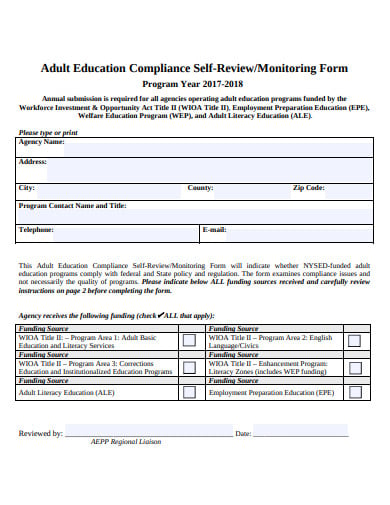 acces.nysed.gov
acces.nysed.gov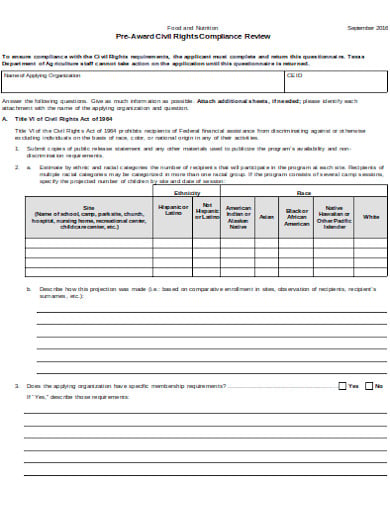 squaremeals.org
squaremeals.org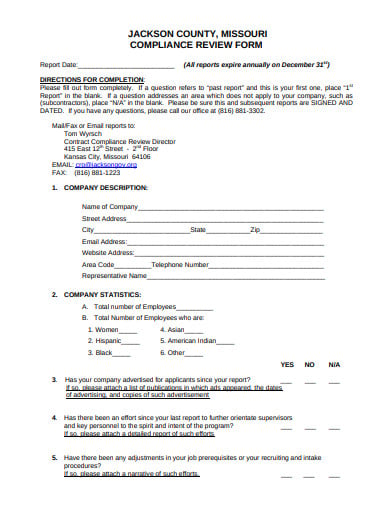 jacksongov.org
jacksongov.org kyagr.com
kyagr.com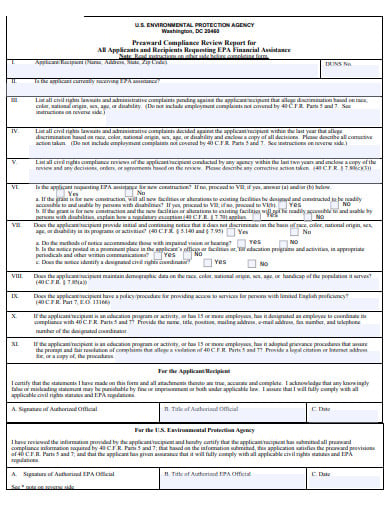 epa.gov
epa.gov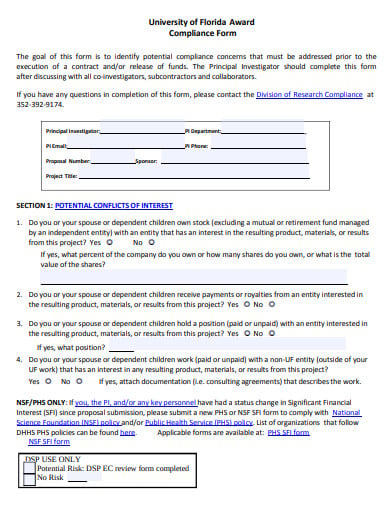 research.ufl.edu
research.ufl.edu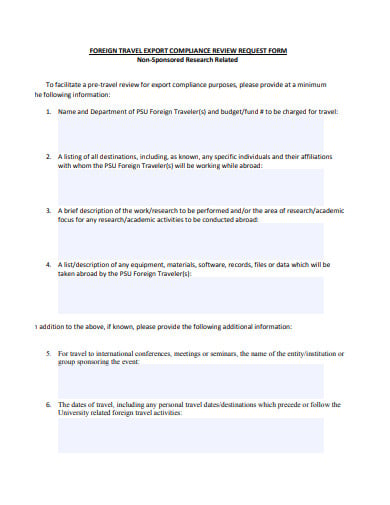 la.psu.edu
la.psu.edu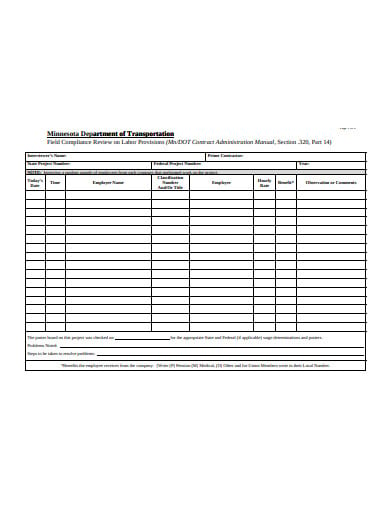 dot.state.mn.us
dot.state.mn.us researchhow.uc.edu
researchhow.uc.edu municipalaffairs.alberta.ca
municipalaffairs.alberta.ca education.ky.gov
education.ky.govForms make review processes more manageable. They’re brief and easier to fill than referring to a bulk of regulations for assessment. Below are some tips to help you make yours:
Before beginning the outline of your simple form, you must have a clear idea of what purpose it will serve. List down pointers on what kind of establishment needs to be checked. Depending on its corresponding industry, branch out into different areas that need evaluation. For example, for companies in the food industry, you may want to get an update on its sanitary issues. Or, if it’s in an educational establishment, there may be a need to assess its safety proceedings. Setting your objectives helps you build your review framework, which will serve as your guideline in completing the form.
Having identified your purpose and the different categories or areas of inspection, use this divide you forms under various labels. Instead of stacking them up as a single file, each form should have a sole focus. This produces brief content that allows you to fill it up and scan the results easily. Imagine having to skim through numerous document pages before finally getting to the part that you need to read. Dividing your review form into different categories contributed to making the job easier and more convenient.
You can’t evaluate something without ample knowledge of the standards that it should follow. Having a firm grasp of the rules and regulations is necessary for making review report. Otherwise, your work would be unreliable. Do comprehensive research and tap into official resources. Business regulations vary in every state, so be on the lookout for those that are unique to your location.
Aside from the part where the evaluation items are needed, identify other necessary supplementary information. You may want to include data on the activity’s location and the project plan’s brief description, or the company’s last compliance audit. Filling this up may contribute to the review’s record, which can be useful for comparison or reference.
Compliance risks are the deeds that result in penalties and consequences due to failure in adhering to rules and legislations.
The following are the risks facing every business: 1. Environmental – operations that may damage living organisms and the environment 2. Workplace Health and Safety – activities that may incur workplace accidents and injuries 3. Social Responsibility – activities that may harm the workers and the community surrounding the establishment 4. Quality – releasing products out to the market that are substandard or those that violate the law 5. Corrupt Practices – deeds performed by any of the company’s employees that violate the rules 6. Process – failure to perform obligations entrusted to the company by its clients and partners
1. Establish a risk management plan 2. Adhere to the principle of integrity 3. Strictly implement regulations 4. Assess regularly
An operational audit evaluates a company or organization’s operations. It could target a single department or the company’s activities as a whole. A compliance audit identifies whether or not a company adheres to mandated business laws.
Your form design should complement your review’s objectives. The most commonly used format involves checklists or scaling, which the person in charge can easily use for assessment. Allow ample space for parts that need comments or suggestions and include legends for scaling items. Format professionally by using proper fonts and well-arranged charts and tables.
Laws exist to ensure security, establish standards, set boundaries, and impose discipline. It sets the crooked straight and upholds whatever right and honorable. Therefore, compliance with the rules supports the law’s noble cause. This goes beyond surrendering yourself to the control and being held back by restrictions. It is to preserve order and to operate under ethical standards and values. Compliance review procedures are important in assuring that every industry is threading the same upright path and helping identify opportunities for improvement.

The audit debrief is reviewing or recalling of the performances in the financial system and also looking for the areas…

The audit confirmation includes the balance due by the client or owed to the supplier on the audit client’s balance…

As there is a saying that ” with big positions comes the big responsibilities”. It is the huge duty to…
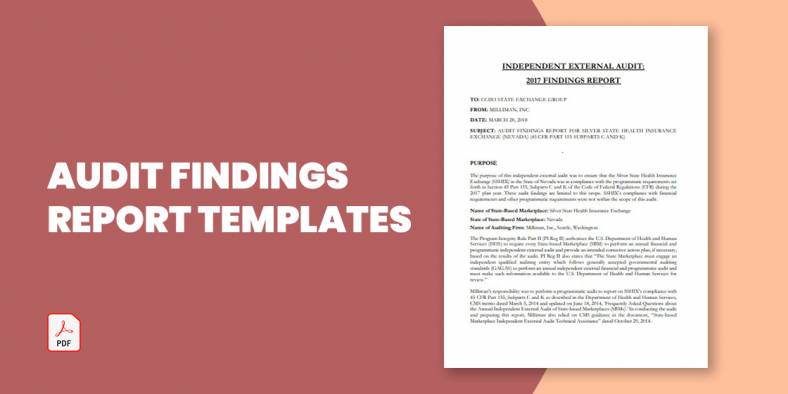
The audit report is the ending result of an audit and can be utilized by the receiver person or organization…
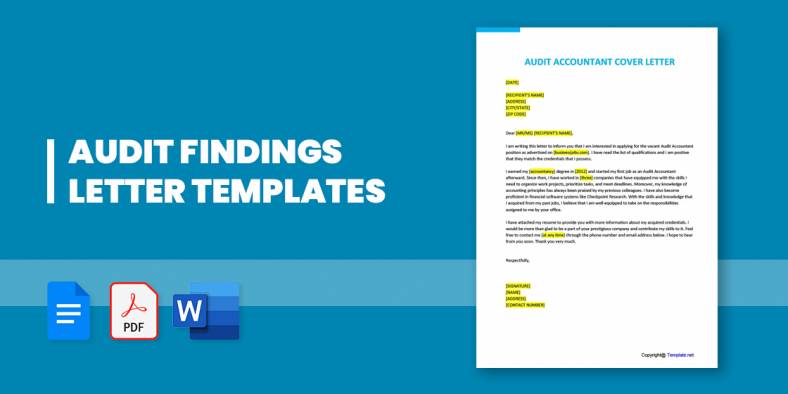
An audit letters of representation is a kind of letter provided by an organization’s service auditor and confirmed by a…
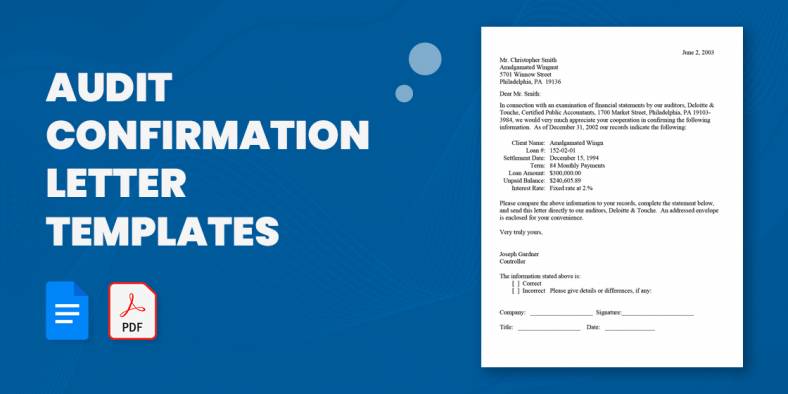
An audit confirmation letter is a particular type of interrogation or a legal request from an internal or external customer…

Audit committee reports present a periodic and annual picture of the financial reporting method, the audit process, data on the…

Audit Executive Summary is a short section of an audit report. It is the summary that is usually developed for…
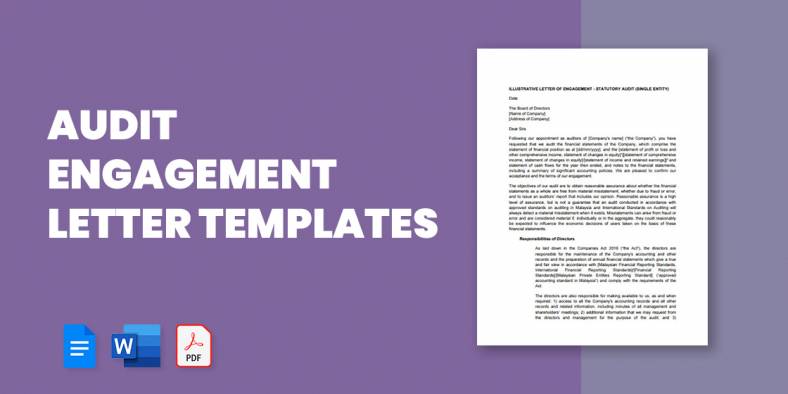
The auditor and the client must agree on the terms of the engagement based on the auditing standards and these…